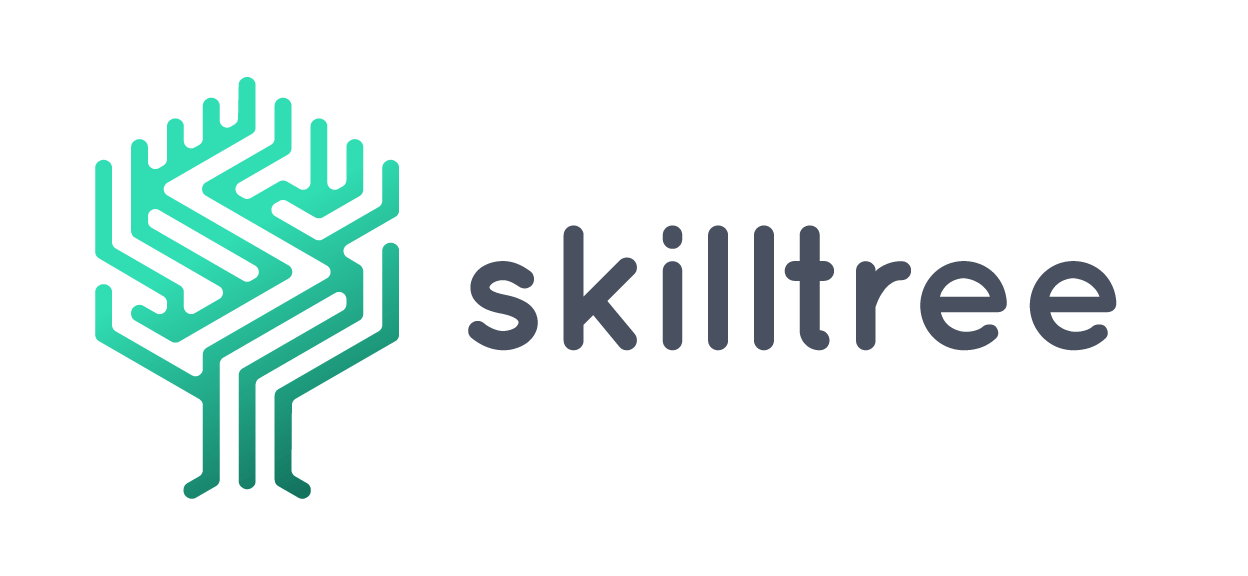Employer branding is a concept that assists businesses in enhancing their employer brand and making it more appealing to potential employees. To attract and retain the greatest talent, it is important to define and communicate your employer brand to the outside world. Thus, besides using an effective marketing strategy, engaging with your staff and creating a positive workplace are fundamental underlying components.
Why is employer branding important?
Employer branding is the process of promoting a company as a desirable place to work. It involves building a positive reputation as an employer and creating a clear and attractive employer value proposition (EVP) that resonates with potential employees. Additionally, it might give corporations an advantage over their competitors. It may help to reduce fluctuation and increase employee satisfaction.
The corporate culture and values must be clearly defined and consistently represented in external communications in order to build a successful employer brand. Because they are firm company representatives, employees should be included in creating the employer brand.
The company’s online presence is another crucial element. Through the use of social media and career portals, the business may present its employer brand to potential hires and give them information about the business and the employment landscape.
Employer branding is a crucial component of hiring and should be seriously considered in every company. The company can achieve long-term success by having clear and authentic communication and strong employee ties.
How to build a strong employer brand image?
Effective employer branding can help a company attract top talent and retain current employees, leading to improved productivity and success in the long run. It can also help with recruitment efforts, as job candidates are more likely to apply to and accept offers from companies with strong employer brands.
There are several ways to build and maintain a strong employer brand:
1. Communicate your company’s values and culture: Clearly articulating your company’s values and culture can help attract job candidates who align with these values and will thrive in your company’s culture.
2. Offer competitive benefits and perks: Employees are more likely to stay with a company if they feel valued and well-taken care of. Offering competitive benefits and perks, such as flexible work arrangements, can help with retention and attraction efforts.
3. Foster a positive work environment: A positive work environment can go a long way in terms of employee satisfaction and retention. This includes things like supportive management, opportunities for growth and development, and a healthy work-life balance.
4. Showcase employee stories and experiences: Sharing employee stories and experiences can help potential candidates get a sense of what it’s like to work at your company. This can include things like employee testimonials, company culture videos, and profiles of employees on your website or social media channels.
5. Engage with your employees: Engaging with your employees and seeking their feedback can help you understand what’s important to them and how you can continue to improve as an employer. This can include things like employee interviews, surveys or focus groups. Furthermore, supporting tools like career development software, learning platforms, or skill management software will be beneficial to recognise employees’ needs and support their development.
Engaging with employees and positive work environment
Creating a positive work environment and engaging with employees is crucial for a company’s success. A positive work environment increases employee satisfaction, and productivity, attracts and retains top talent, and improves overall performance. Engaging with employees helps to foster a positive and supportive workplace culture, reduces turnover and the costs associated with recruiting and training new employees, and allows early identification and addressing of any issues or concerns. The key is to create an environment where employees feel comfortable sharing their thoughts and ideas and where their input is valued and acted upon.
Employees feel valued, respected, and supported in a positive work environment. This includes not only the measures mentioned above, but also fostering open communication, and recognizing and rewarding employees for their contributions. Encouraging collaboration and teamwork and having positive leadership are ways to create a positive work environment. However, you must remember that creating this positive work environment is not a one-time task but a continuous process. Employers should regularly check in with their employees and make adjustments to ensure the work environment remains positive and supportive.
Summary
Overall, employer branding is essential to any company’s talent strategy. It is a crucial component of hiring and developing employee retention and should be seriously considered in every company. The company can achieve long-term success by having clear and authentic communication and strong employee ties.
By promoting your company as a desirable workplace and building a positive reputation as an employer, you can attract and retain top talent, leading to long-term success.
